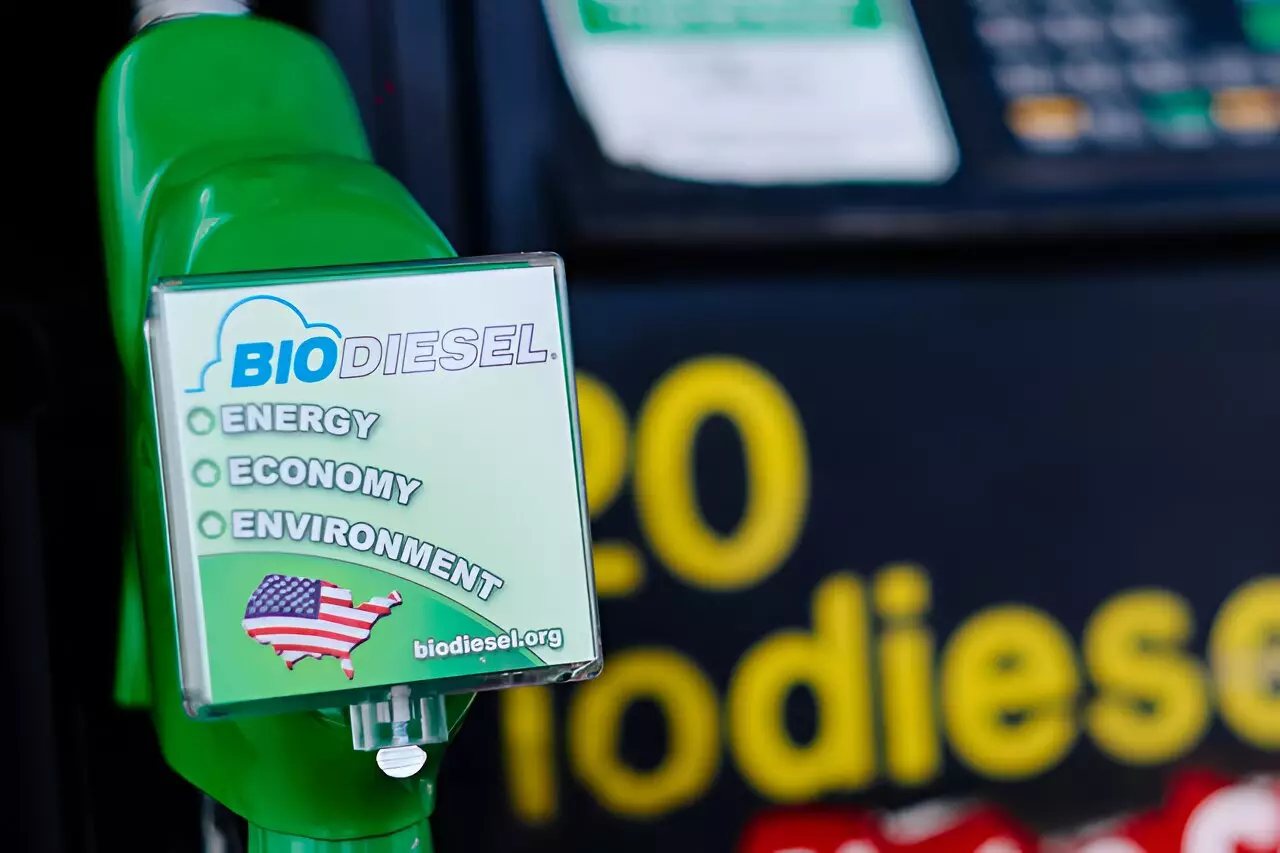As the global community grapples with the urgent need to mitigate climate change, the focus on sustainable energy sources has intensified. One area of considerable research is the potential of biomass-based diesel fuels, particularly biodiesel, to replace traditional petroleum diesel. Despite the promising benefits of these renewable fuels, their adoption remains hindered by several barriers. A recent study by the National Renewable Energy Laboratory (NREL) sheds light on the challenges and opportunities associated with higher blends of biodiesel, providing a pathway for deeper integration into the transportation sector.
Presently, biodiesel is typically blended with petroleum diesel at modest levels, generally ranging from 5% to 20%. While this approach does offer some environmental benefits, the real promise of biodiesel lies in higher concentrations. In their comprehensive study, the NREL team investigated blends of 20%, 40%, 60%, and even 80% biodiesel, making a strong case for transitioning to more robust mixtures. The findings indicate that increasing the percentage of biomass-based diesel could lead to a significant reduction in greenhouse gas emissions, critical for fostering a greener transportation ecosystem.
Biodiesel is created from fats, oils, and greases, making it an oxygenate fuel that can deliver cleaner combustion. On the other hand, renewable diesel, derived from similar feedstocks, undergoes processing to achieve a chemical structure akin to that of conventional petroleum diesel. This structural similarity makes renewable diesel compatible with existing engine technologies, thus allowing for a seamless transition away from fossil fuels without necessitating major modifications to current vehicles and machinery.
NREL Senior Research Fellow Robert McCormick highlighted a notable gap in existing literature: while thousands of studies explore biodiesel blends, few examine what happens when blending exceeds the 20% threshold. This lack of research is crucial because the behavior of biodiesel in higher blends—especially its interaction with renewable diesel—is notably underexplored.
Transitioning to higher blends of biodiesel does come with its challenges. McCormick noted that when biodiesel concentrations rise beyond 50%, the properties of the fuel deviate significantly from those of petroleum diesel, which can lead to operational difficulties. For instance, the cold weather performance of high-blend biodiesel poses risks due to its cloud point—the temperature at which wax crystallization occurs. For biodiesel produced from soybean oil, this temperature hovers around 32°F, creating hurdles in colder climates where fuel may gel and impede engine function.
Fortunately, these challenges are not insurmountable. Strategies such as adjusting the blend ratios or incorporating different hydrocarbon blendstocks, like kerosene, can mitigate these winter-time issues. NREL’s research suggests that fuel reformulation is crucial, particularly during cold months when the engine’s performance is most vulnerable.
Beyond cold weather issues, biodiesel blends face concerns regarding fuel properties such as density, oxidation stability, and moisture content. The study reveals that higher biodiesel blends might reduce oxidation stability, but this dilemma can be tackled effectively through the addition of antioxidants. Adapting these fuel properties is essential to ensure that the performance of high-blend biodiesel lives up to industry standards and doesn’t compromise engine efficiency.
Moreover, the research emphasizes the importance of understanding how these blends impact diesel engine emission control systems. Given the pressing demand for low-greenhouse gas emissions, careful attention must be paid to the potential interactions and adjustments needed to maintain emission compliance when using high-percentage biodiesel blends.
The NREL study acts as a pivotal research roadmap, illuminating the key areas necessitating further investigation. Developing a comprehensive understanding of high-level biodiesel blends is essential for making informed decisions about fuel policy and economic viability.
Leveraging the potential of higher biodiesel blends could serve as an essential piece of the puzzle in advancing renewable energy solutions within the transportation industry. By addressing the barriers identified in NREL’s research, we can pave the way toward a sustainable future that significantly reduces greenhouse gas emissions and enhances energy independence. Collaborative efforts among researchers, policymakers, and industry stakeholders will be vital to create practical and scalable solutions that capitalize on the benefits of biodiesel and renewable diesel.

